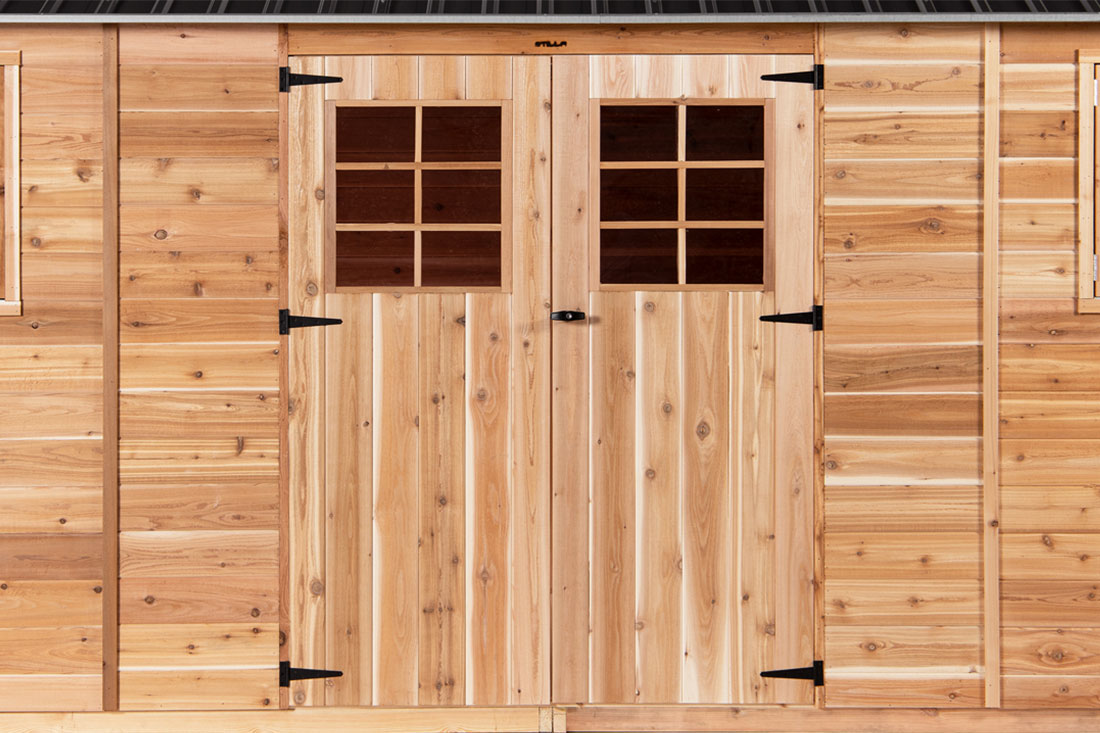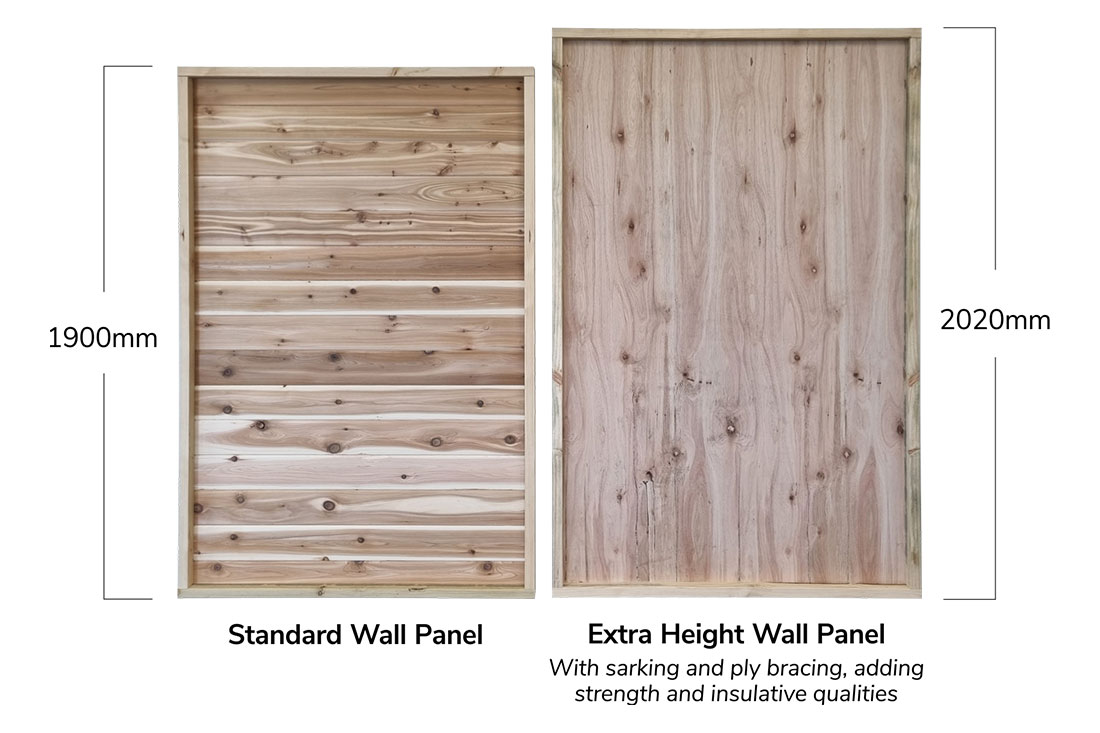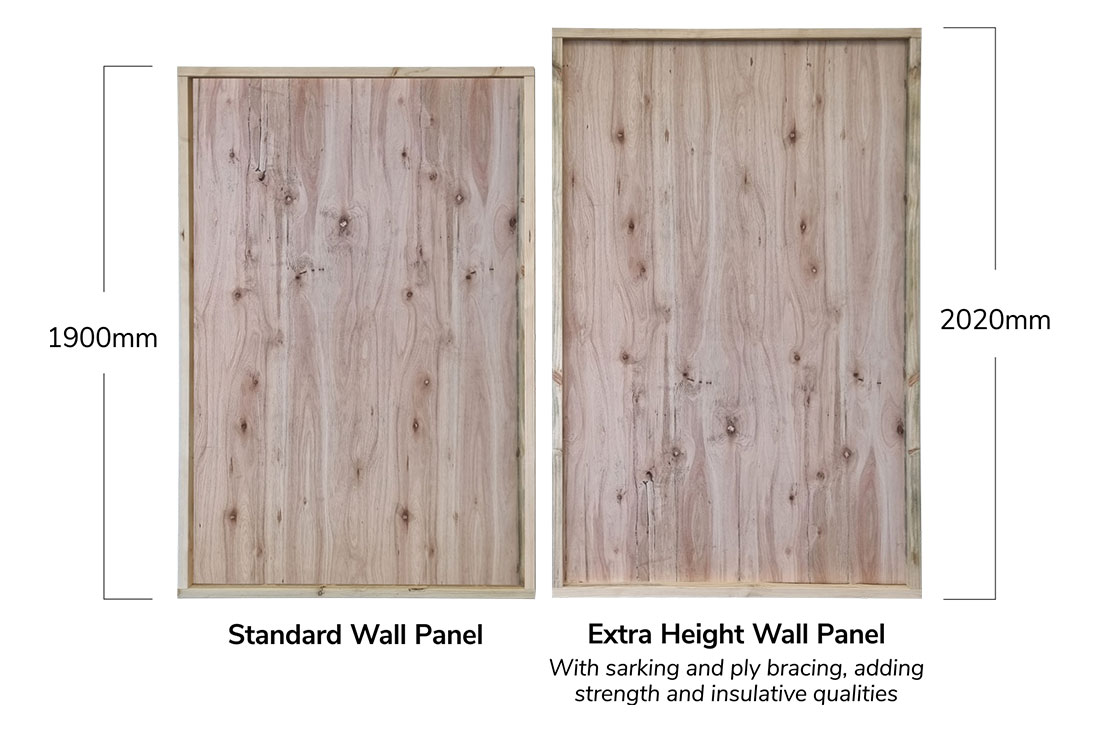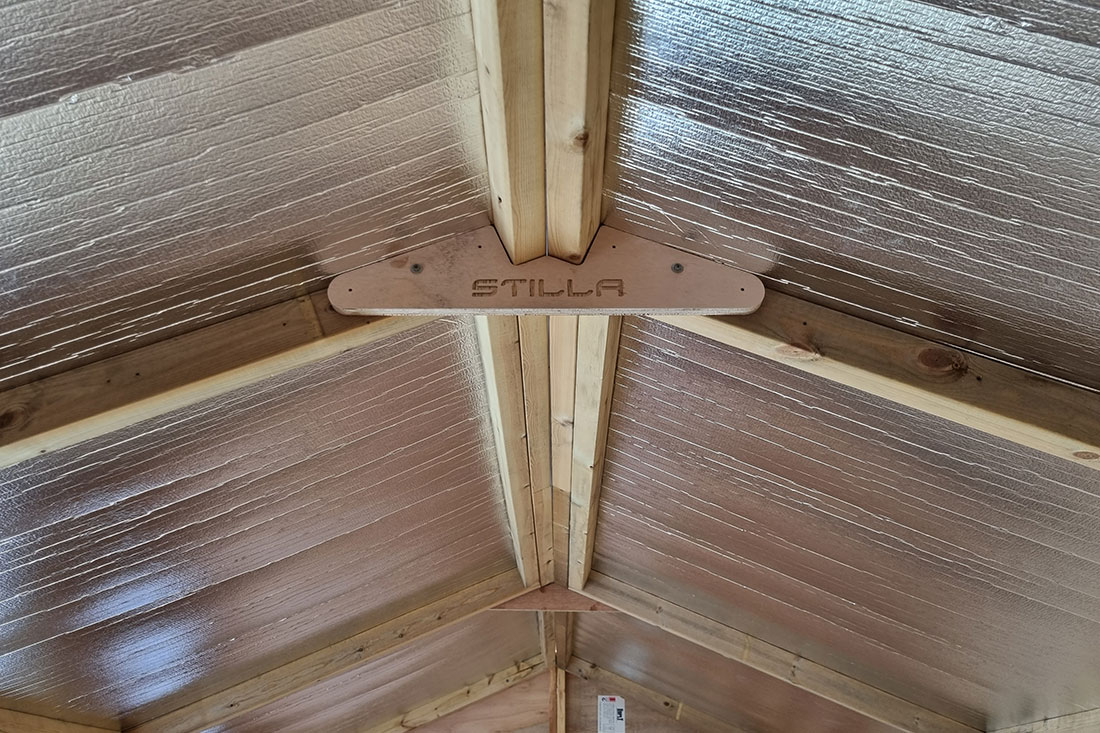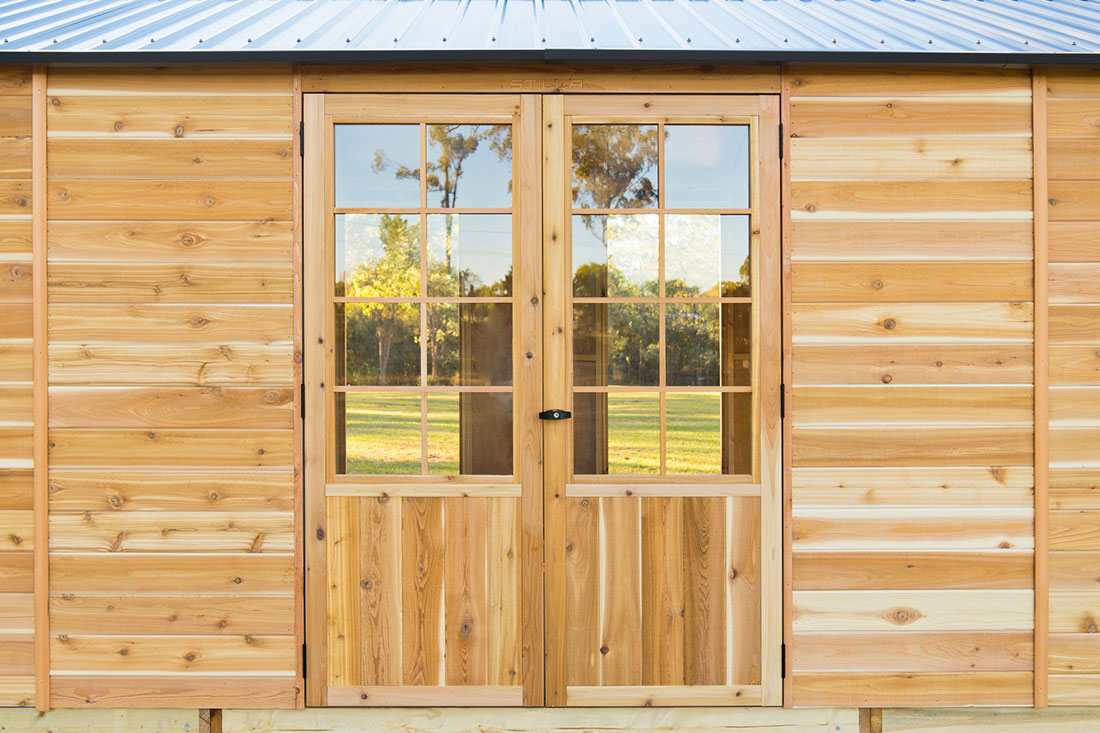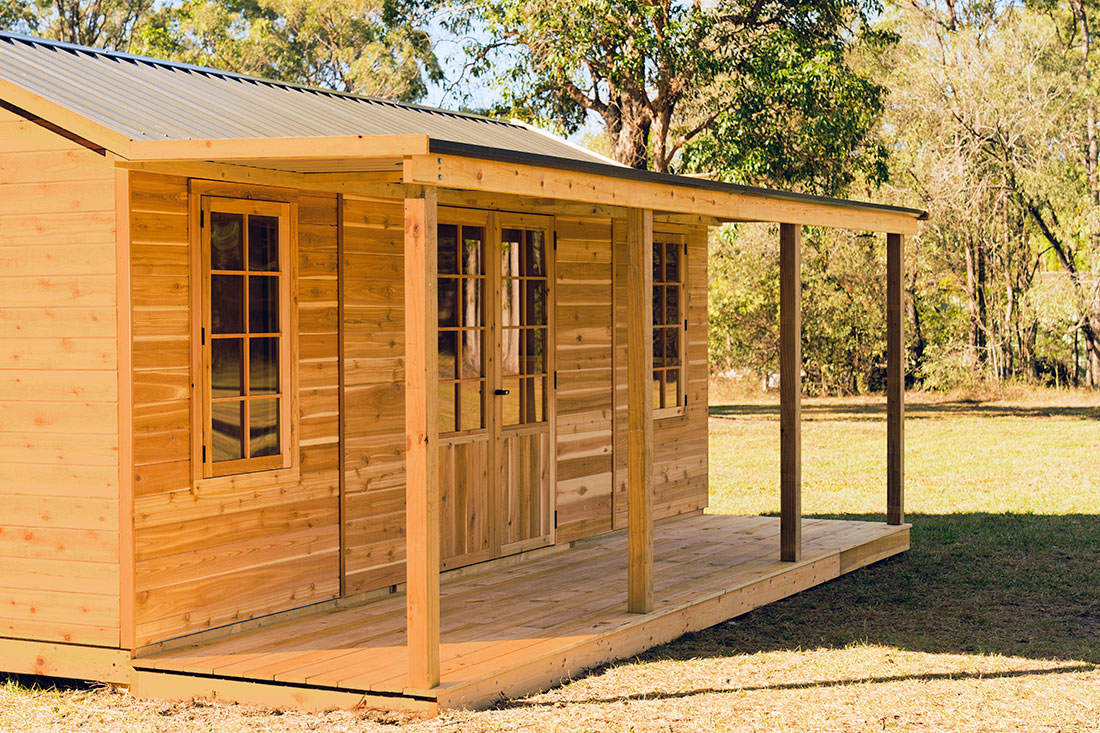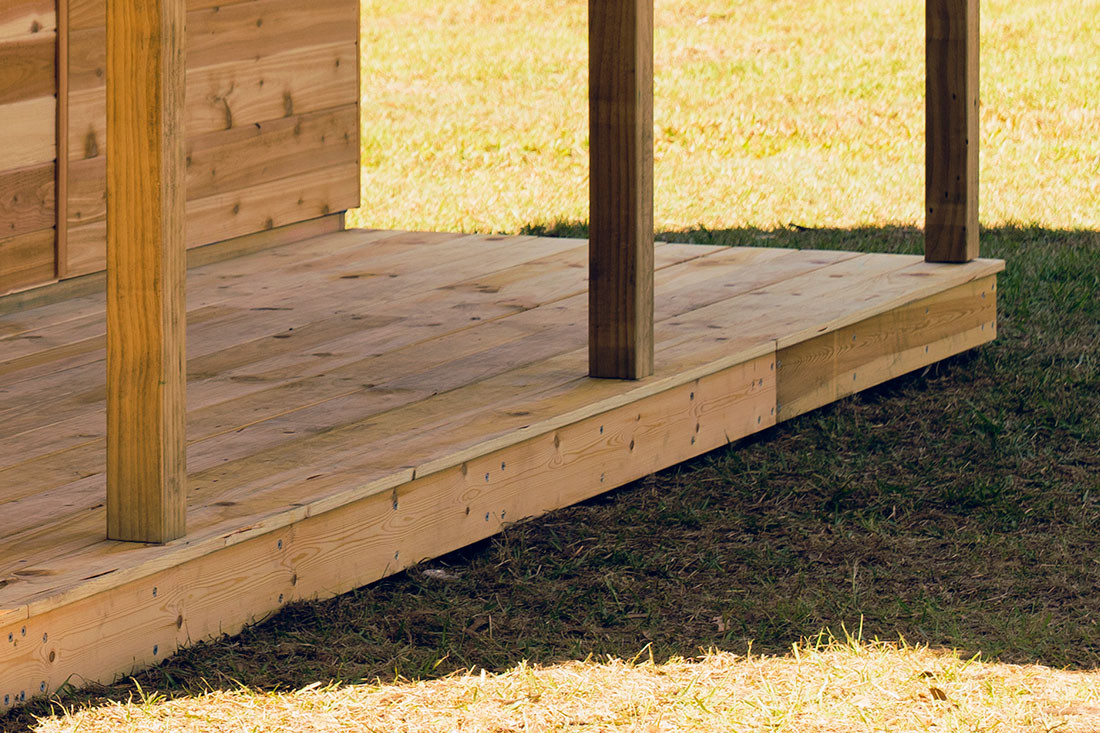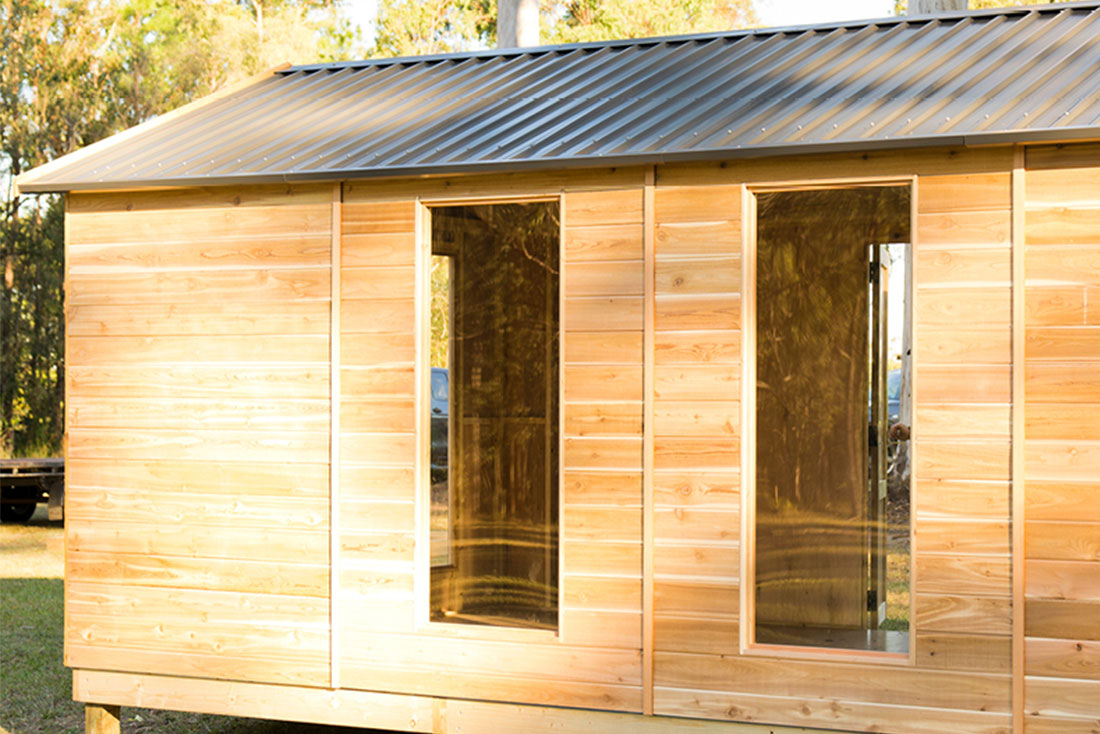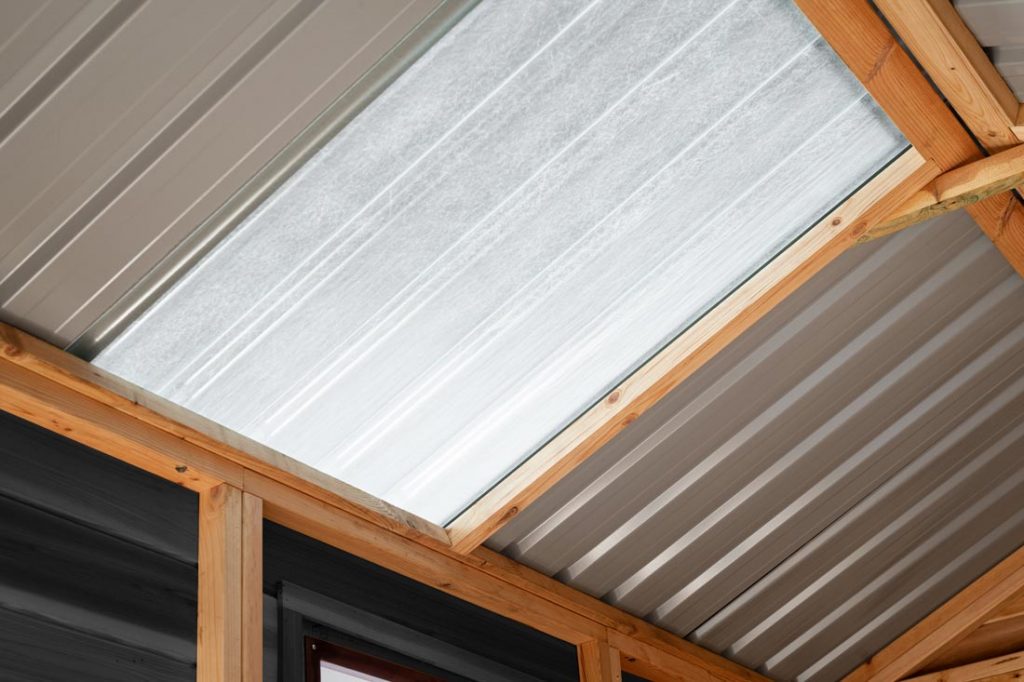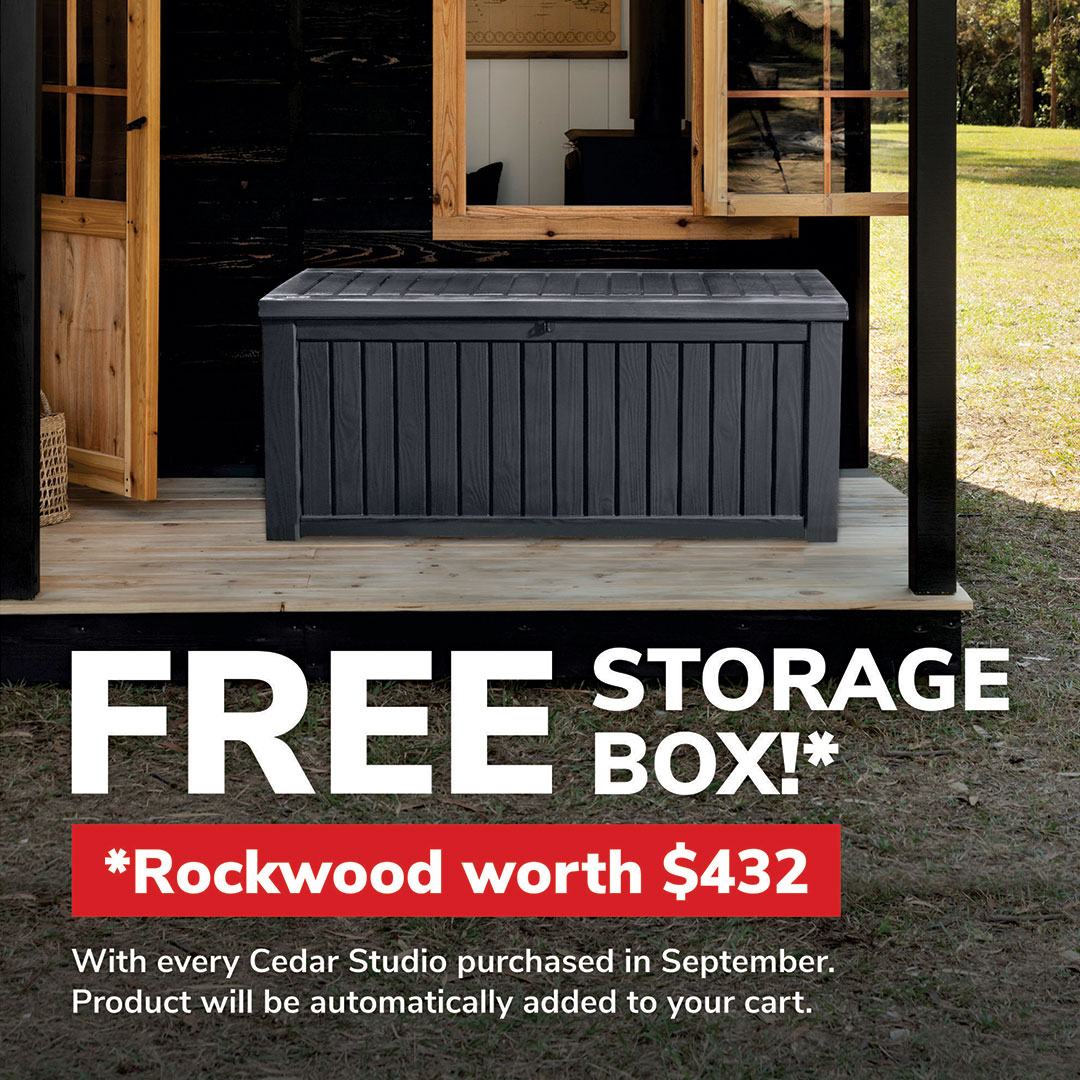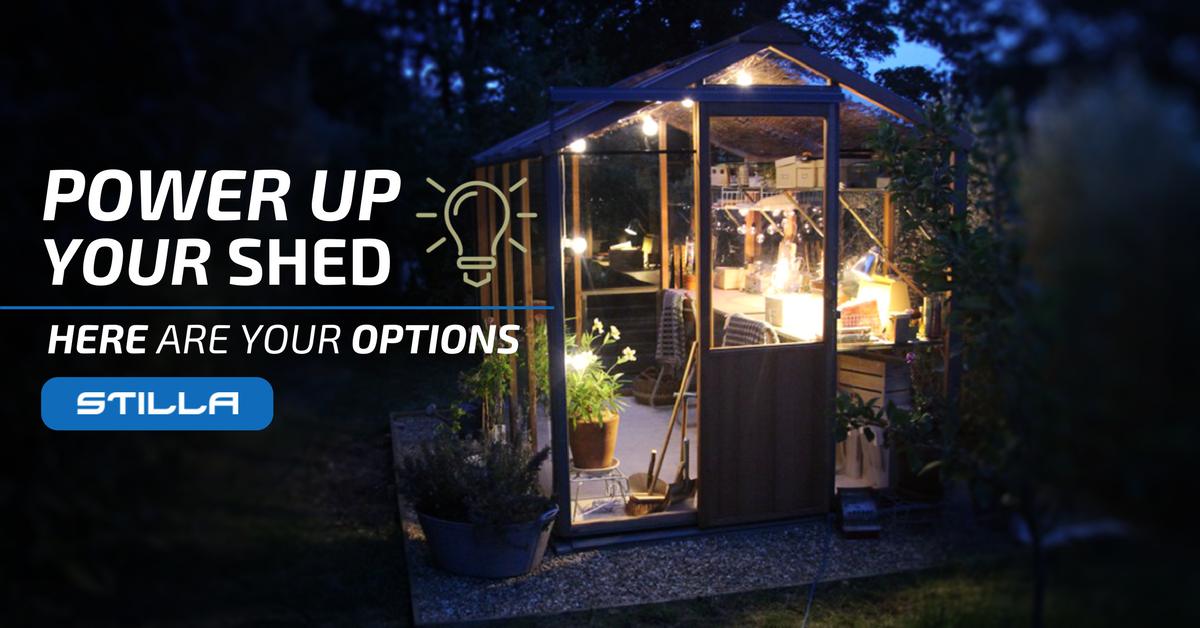
08 Jun Power up your shed – here are your options
If you’re just storing stuff, potting plants, or pottering around in your shed, chances are you won’t need electricity.
As soon as you decide that you want to do some work in it, it’s time to think about power.
You might simply want some light, or several points to run power tools from, or enough wiring to set up all the man cave essentials: fridge, air conditioner, television, X-Box, and surround sound.
Whatever you decide, the number one priority is safety. One fatality due to incorrect wiring is one too many.
So, what are your options?
Battery power
If your main need is lighting, consider rechargeable LED work lights. They come in a wide range of models, including some on stands, others that can be hung, and some that have a magnetic base so you can mount them on any metal surface. They’re designed for flexibility and durability, and you should get around four hours running time.
An extension cord
Extension cords are not meant to be permanent fixtures. If you don’t need permanent power, and the distance from the nearest power point isn’t too great, by all means investigate this option. But please keep in mind that cords can be tripped over, so even if it’s only out for a few hours at a time, make sure it’s as out of the way and secure as possible. And, whatever you do, no lawn mowing or whipper snippering when the cord is out!
Overhead wiring
First thing: get advice from a professional. Even if you’re able to buy the materials and do some of the work yourself, as soon as you decide that a permanent solution is needed, so is an accredited electrician. Overhead wiring might be a good idea if you have an appropriate layout – where the shed is in relation to the house and main power source – and the wires won’t be across a driveway.
Underground cabling
This is the best option for permanent, reliable, secure power to a shed. It takes a bit more planning and a bit more work, but it’s definitely the way to go for most powered sheds. Again, you need to contract a sparky to make sure you use the right materials, adhere to any local regulations (Australian/New Zealand Standard for Wiring Rules runs to 450 pages!), and that all connections are safe. It’s vital that the trench is the right depth and the conduit is the right type.
A generator
Portable generators have become lighter, more compact, more fuel efficient and, perhaps most importantly for home use, quieter. If you happen to be a caravaner or camper, owning a portable generator could be handy for both recreational and shed-operating purposes. If you’re thinking of this option, check out inverter technology, which adjusts the throttle depending on your use and ensures there are no power surges.
Solar power
A couple of years ago, this option might have been thought of as a bit crazy – and the cost would have been prohibitive – but now we even have companies that specialise in this sort of thing. For example, Off-Grid Energy Australia has a shed power system, which comes pre-built, ready for you and your electrician to install.
As always, we suggest that you decide what you’re going to be doing in your shed, not just when it’s newly built, but over the coming years. It might well be sensible to give yourself a bit more capacity than you need right now so that you’re not caught short in the future.
The Stilla shed experts are always happy to help with advice. It’s our goal to make sure you get the shed that works best for you.

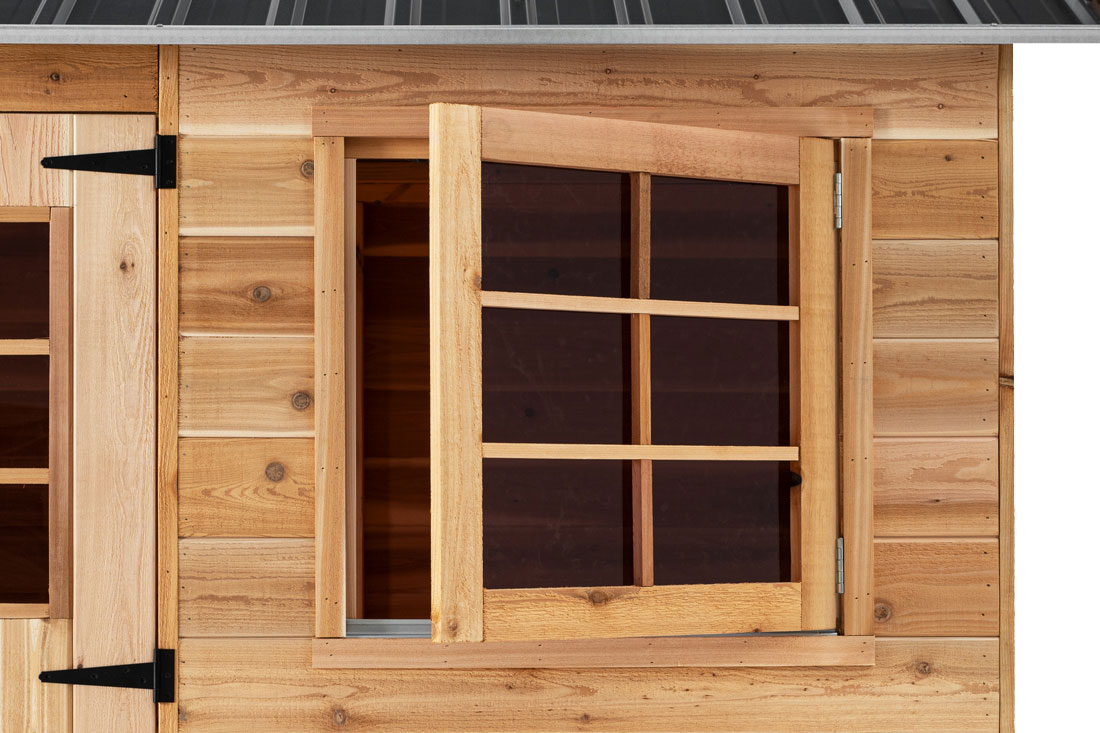
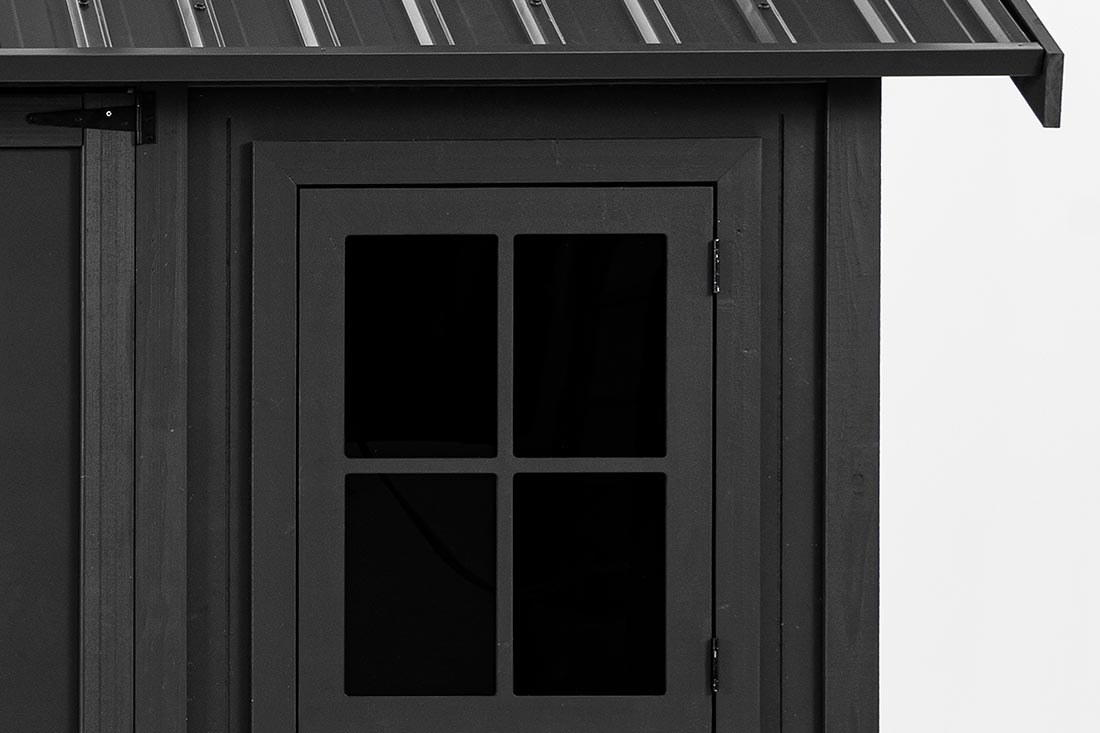
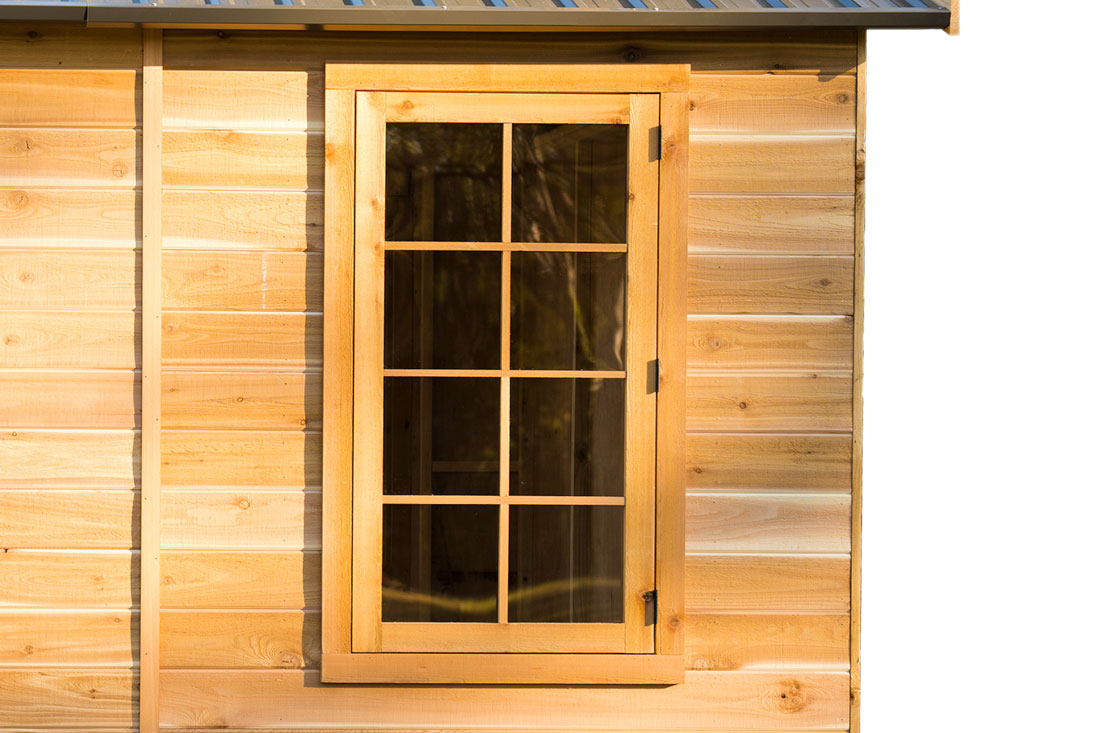
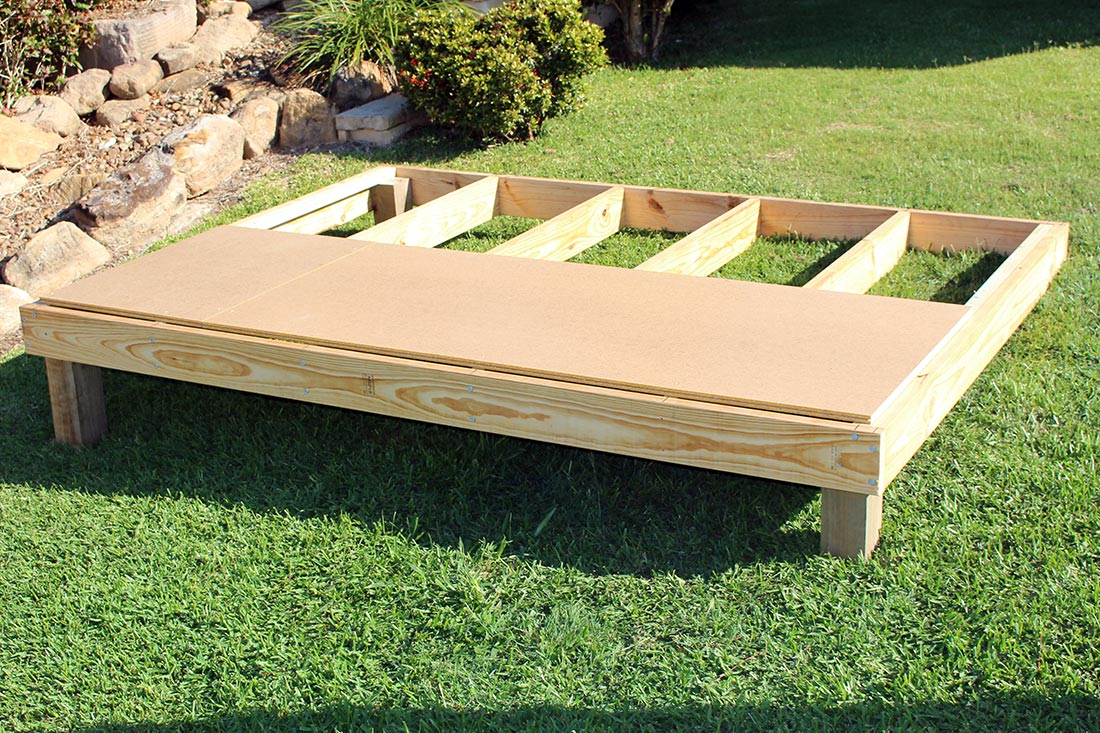
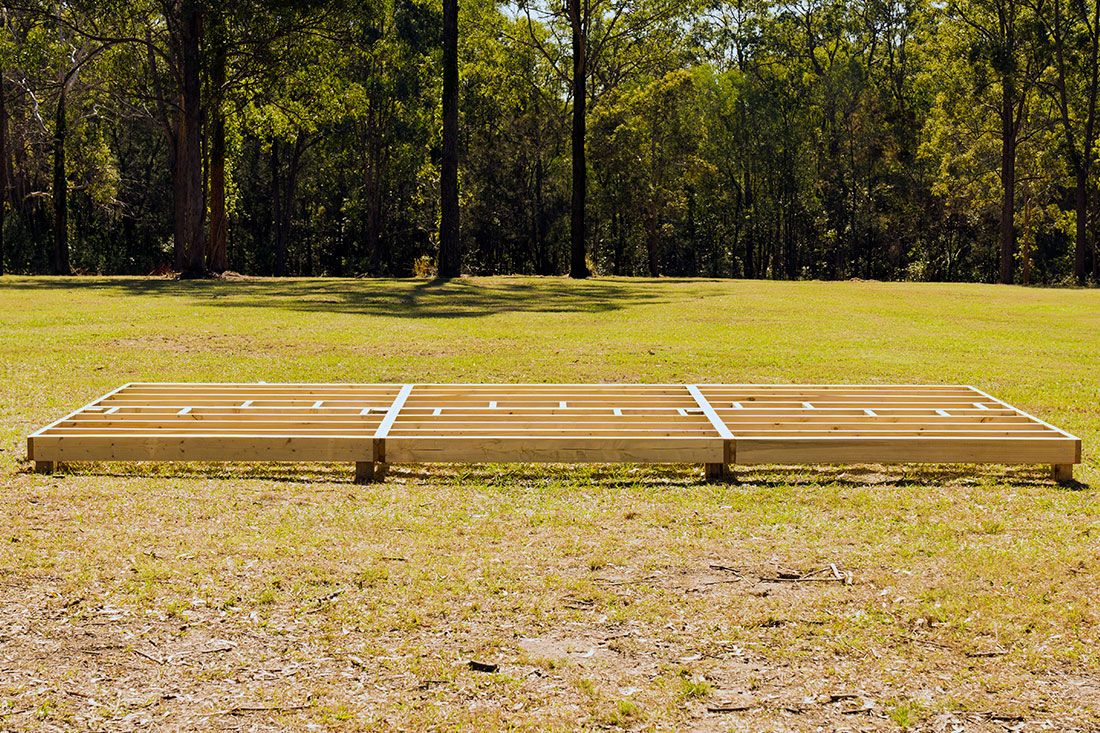
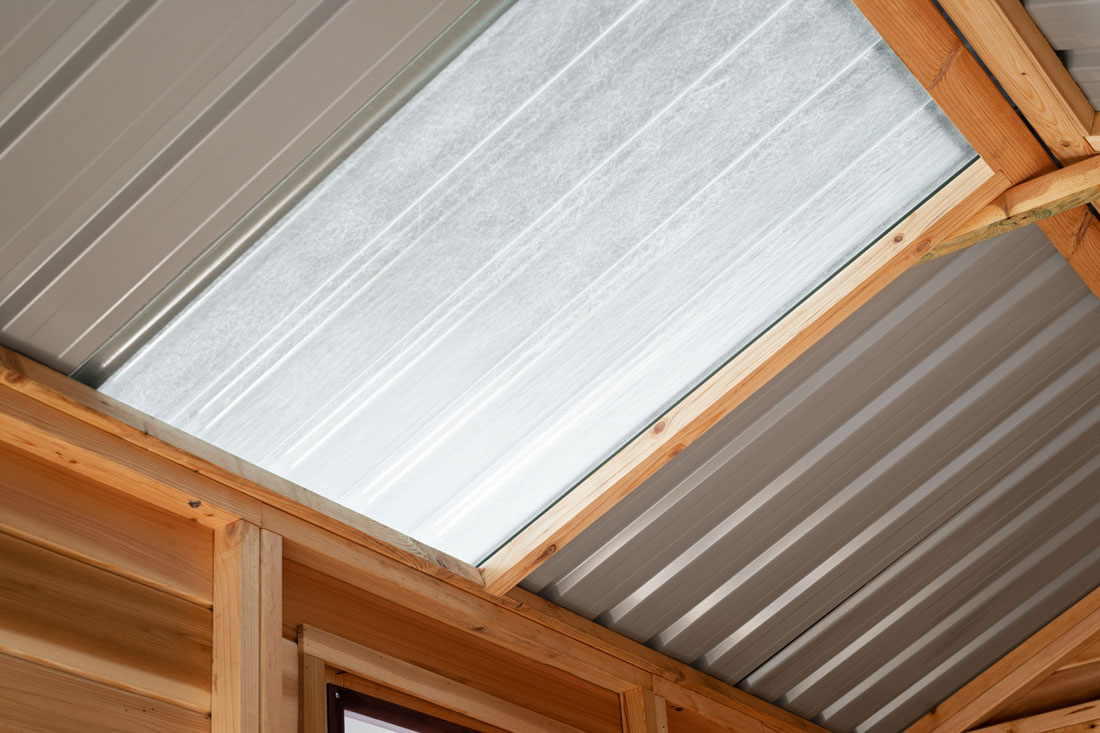
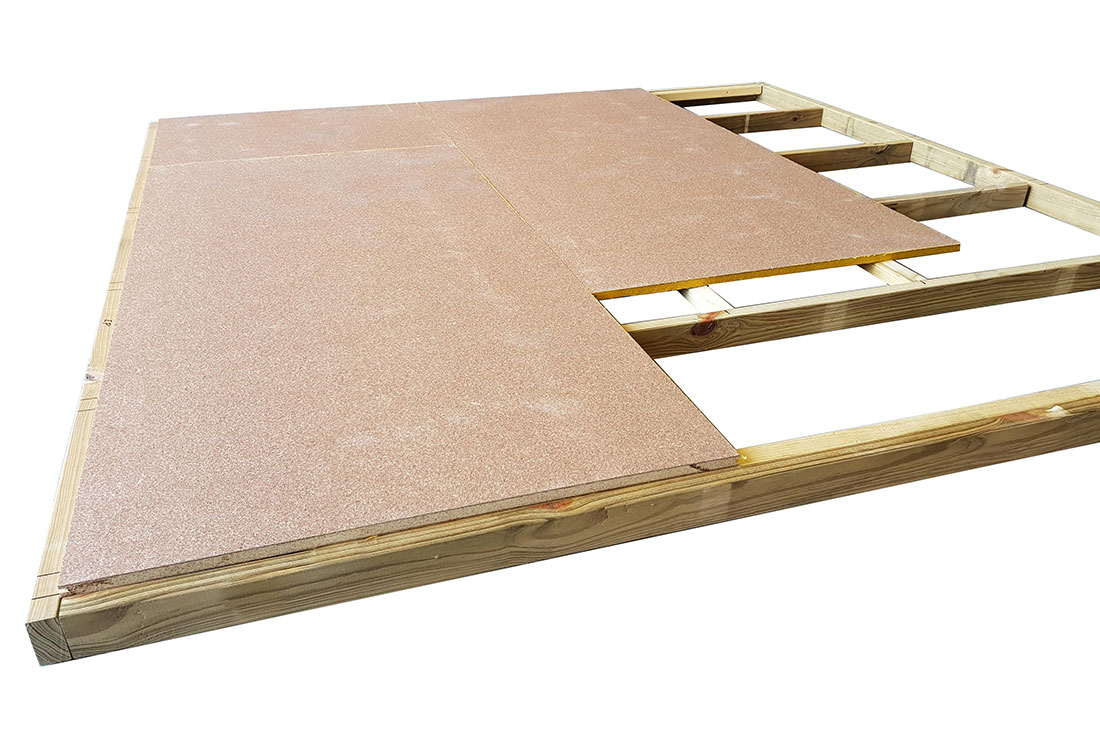
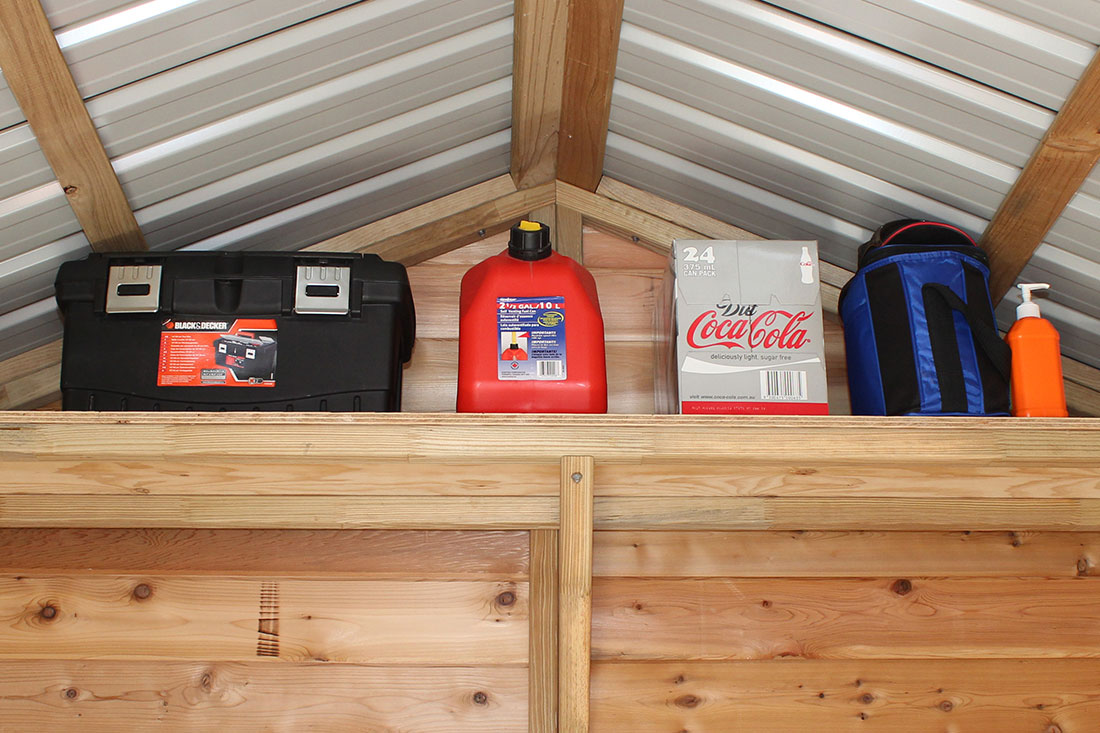
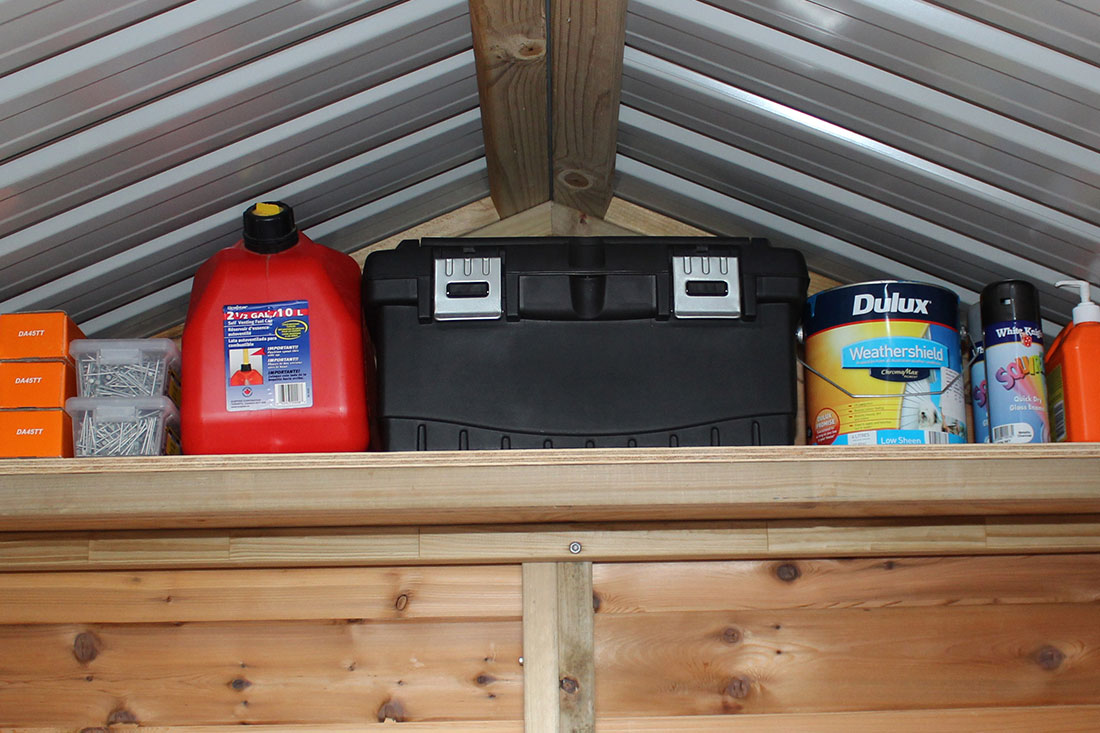
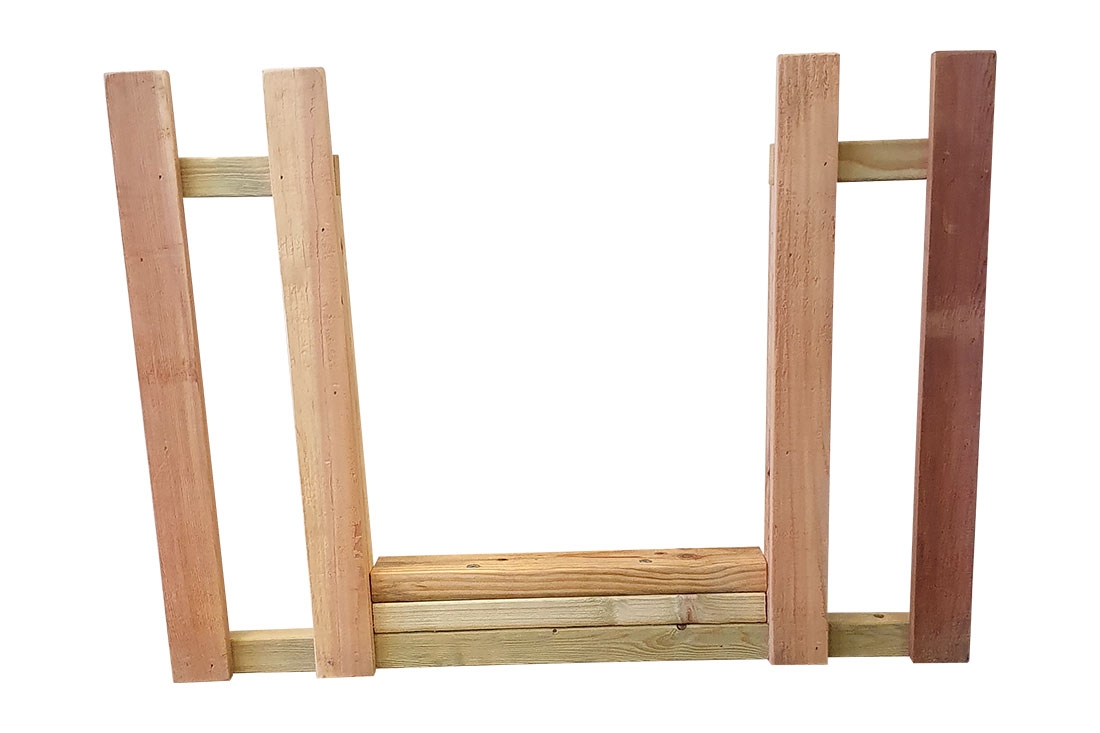 Includes an adjusted railing & ground pegs to make provision for a slide to be attached to the Hideout Tower.
Includes an adjusted railing & ground pegs to make provision for a slide to be attached to the Hideout Tower.